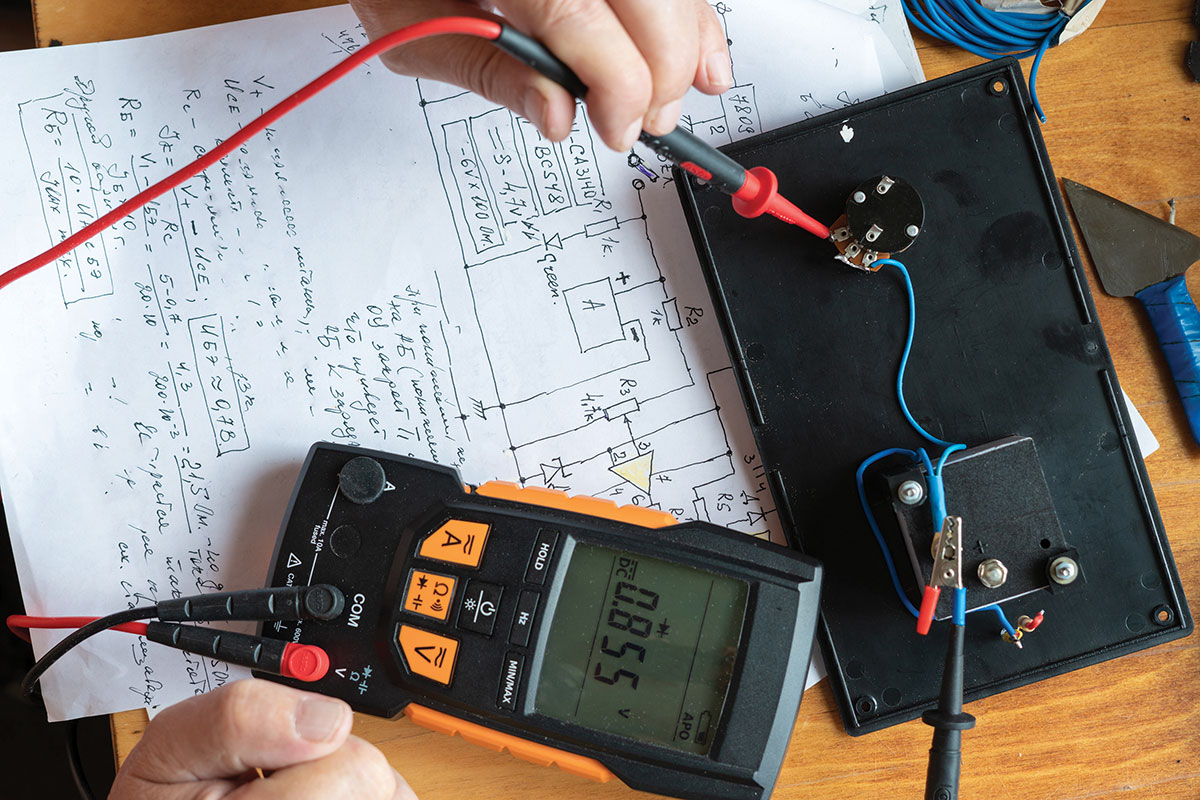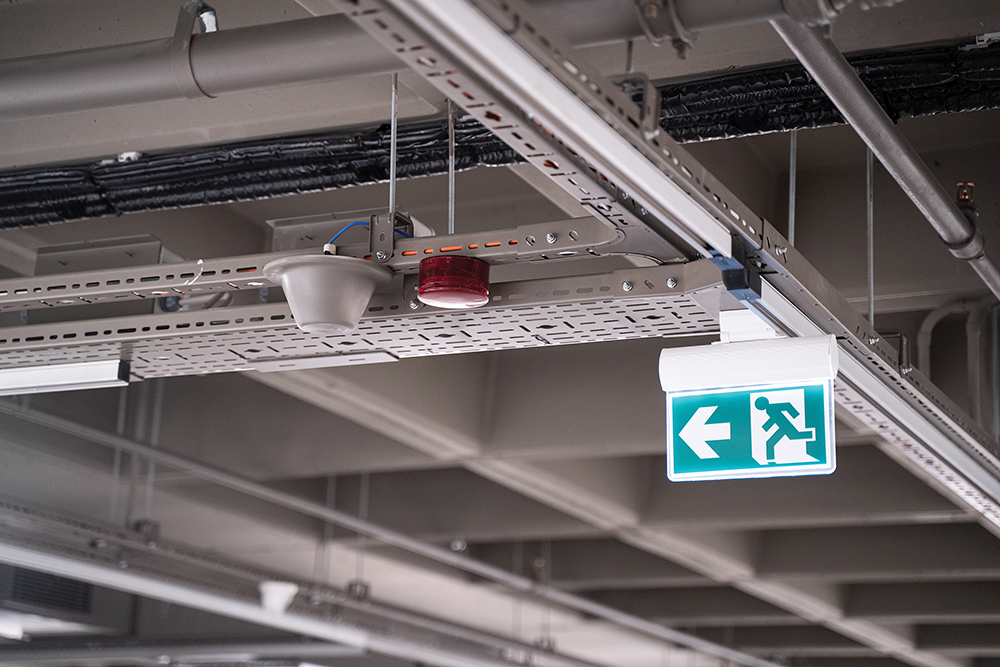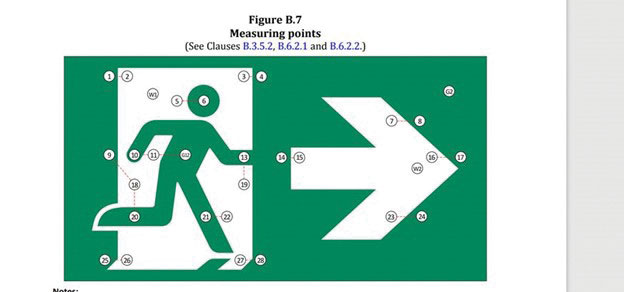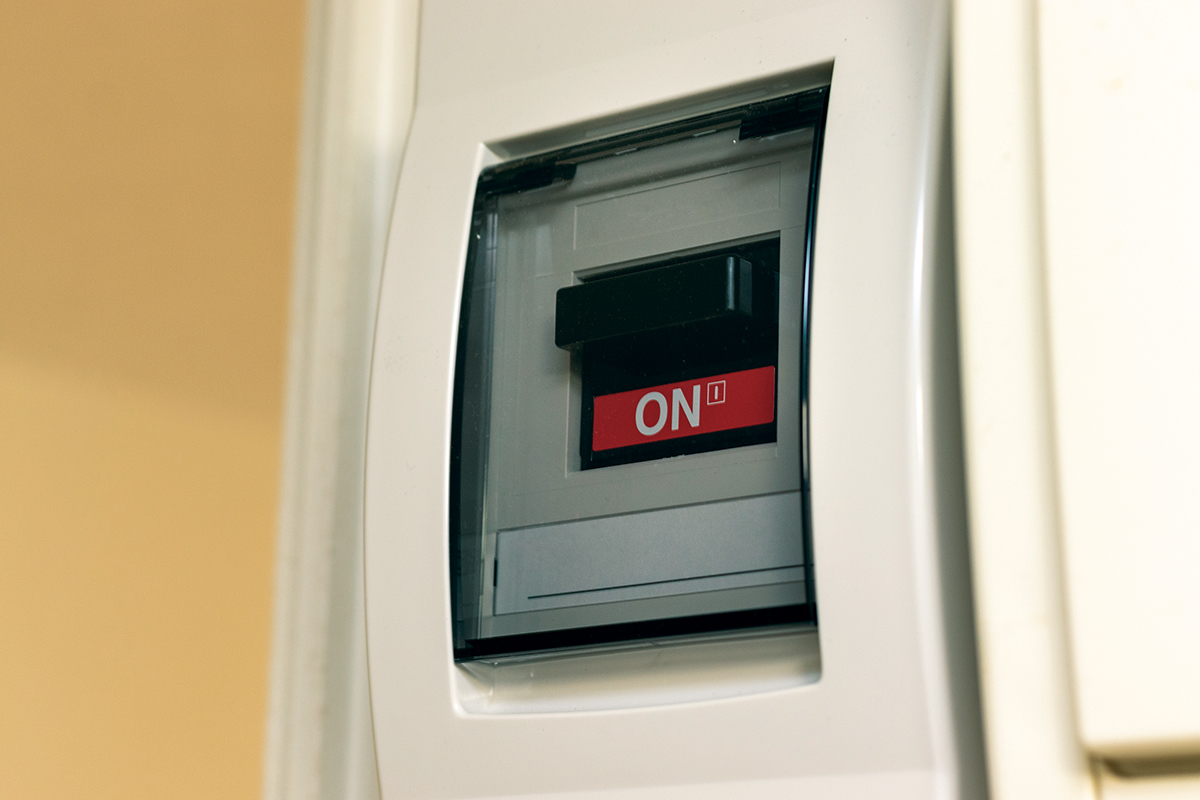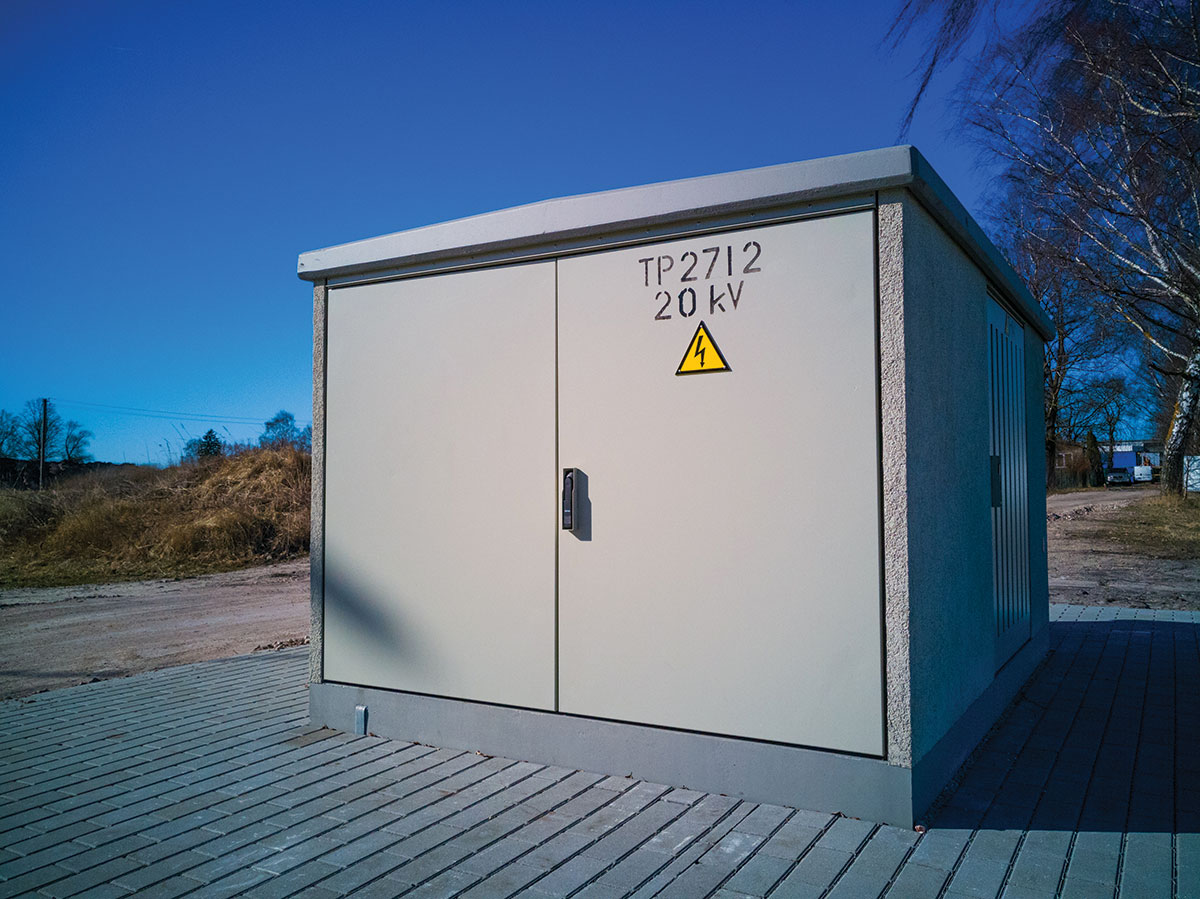The transportation system of tomorrow will be substantially different from the system that most Canadians are familiar with today.
Let’s take a look at the differences between calculated loads, demand loads, demonstrated loads, and the application of demand factors in the CE Code.
Let’s take a look at eight recent questions regarding Canadian provisions for emergency lighting.
Ongoing improvements to the safety standards for electrical appliances are reducing the likelihood of threats to children and improving the outlook for safety in our homes.
Let’s take a look at eight recent questions regarding Canadian provisions for electrically connected life safety systems.
Let’s look at questions on the rating, operation, and location of protective and control devices mandated by Section 14 of the CE Code.
Let’s examine the loading and overloading of distribution transformers from the perspective of the Canadian Electrical Code, Part I (CE Code).
Understanding what certification engineers are looking for when testing lighting products can be critical in ensuring a smooth, efficient process.
Let’s examine some provisions for electrically connected life safety systems in the National Building Code of Canada (NBCC).
Here are some tips on effectively assessing and mitigating ESD risks during swimming pool inspections and recommendations to pass on to pool owners.


